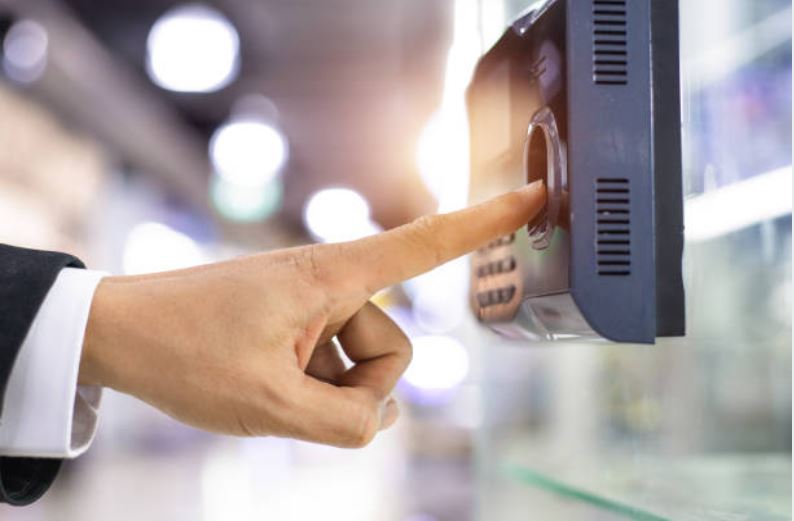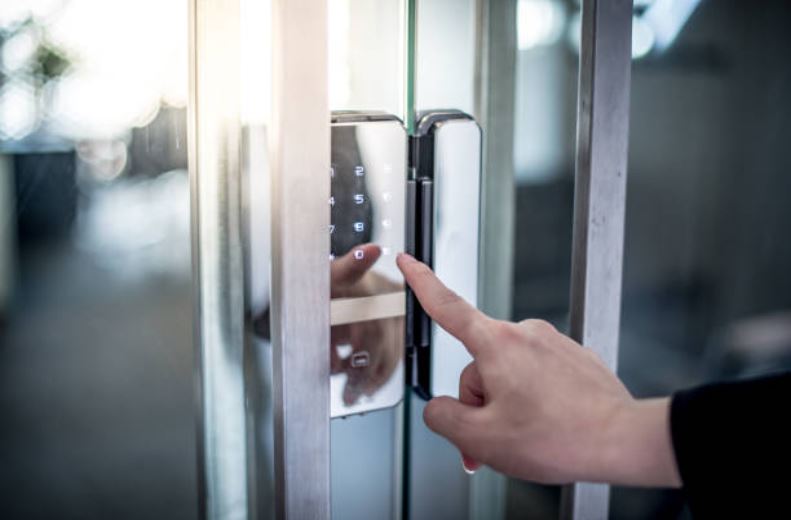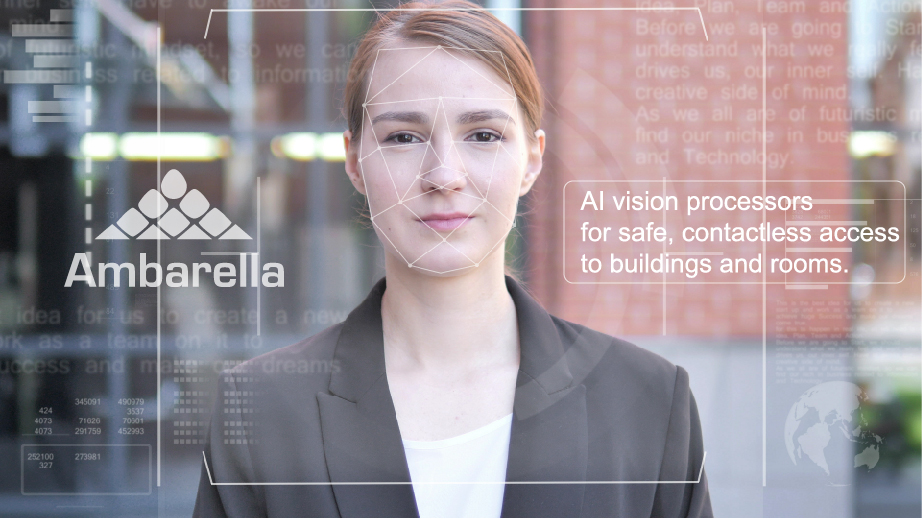
The next generation of access control is being shaped by both security and health concerns.
Ensuring safe access to buildings and rooms has arguably never been more critical. Or, unfortunately, more complex.
What was once purely a security challenge—namely, how to prevent unauthorized entry into a restricted area—has evolved into a public health challenge as well. The reason? From number pads to fingerprint readers, many traditional access control methods require touch in order to function, and if the current global pandemic has made one thing evident, it’s that minimizing physical contact between users and surfaces is vital to community well-being.
So, the question has suddenly become: how do we securely manage access to a given space while simultaneously discouraging the use of fingers and hands?
One potential answer? A combination of AI vision processing and 3D sensing technologies.
The next generation of contactless access control.
A partnership consisting of three companies—Lumentum, ON Semiconductor, and Ambarella—has developed an innovative touchless access control platform based on complementary technologies:
- VCSEL-powered structured light illumination (Lumentum)
- RGB-IR CMOS image sensors (ON Semiconductor)
- AI vision processing (Ambarella)
This jointly developed solution uses a three-step process to authenticate users via 3D facial recognition, even when masks are worn.
- Step 1:
- Lumentum’s high-resolution dot projector creates a unique 3D depth pattern of a user’s face.
- Step 2:
- ON Semiconductor’s sophisticated image sensor captures the high-resolution 3D depth pattern from Step 1, even in challenging lighting conditions.
- Step 3:
- Ambarella’s advanced computer vision processor takes the high-resolution 3D depth pattern captured in Step 2 and uses deep neural networks (DNNs) to extract and compare it with those registered in the system, with a recognition accuracy rate of approximately 99%.
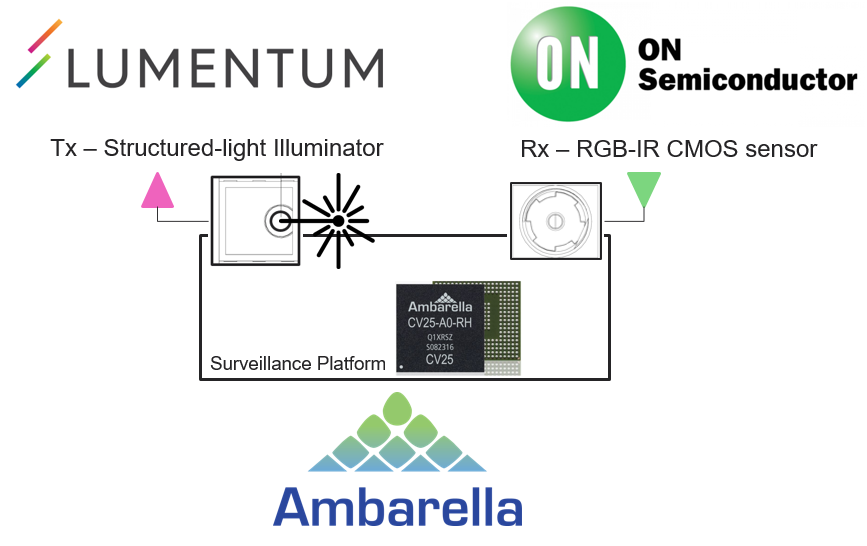
The following video provides a high-level overview of the platform and how it works.
How is our access control platform different?
- Contactless
- 3D face recognition requires no physical contact with authentication hardware, reducing infection risk and enhancing convenience.
- Accurate
- Our platform leverages structured light, high-resolution sensing, and advanced neural network-based processing for unparalleled matching accuracy.
- Secure
- Two of the most common ways to bypass access control systems are tailgating and spoofing. Our solution includes features to combat both:
- Anti-tailgating: computer vision algorithms detect and track when an unauthorized person follows a legitimate user through a doorway, generating an alert.
- Liveness detection: the use of high-resolution 3D depth patterns means that our solution can tell the difference between the user’s actual face and a 2D picture held up to the camera by an unauthorized person in order to bypass the system.
- Hardware-level cybersecurity features
- Two of the most common ways to bypass access control systems are tailgating and spoofing. Our solution includes features to combat both:
- Fast
- AI processing at the edge means that authentication occurs with minimal latency, creating a frictionless experience for users.
- In addition, multiple users can be authenticated simultaneously, reducing bottlenecks at access points.
- Reliable
- The system maintains high performance even in challenging lighting conditions, including low-light and high-contrast environments, as well as when medical masks are worn over the nose and mouth.
- Flexible
- Our flexible approach allows for the incorporation of additional features such as thermal-based infection screening, providing further layers of protection for occupants.
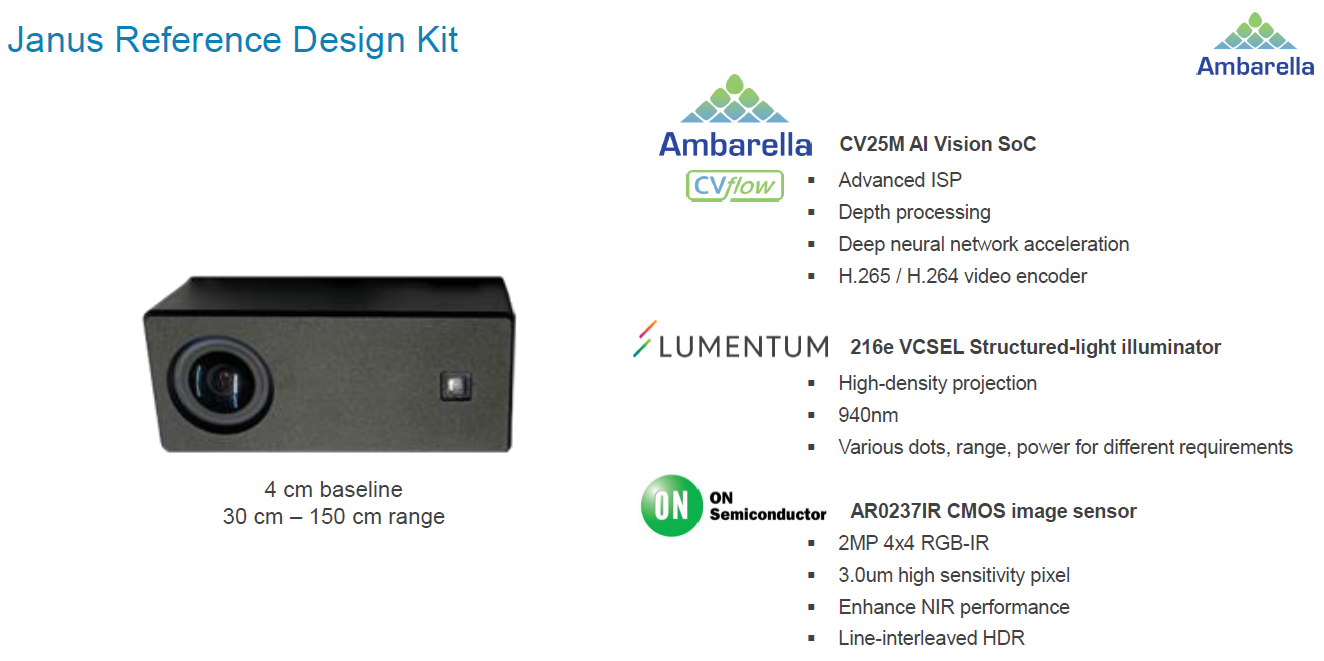
For additional information:
- Webinar:
- Lumentum, ON Semiconductor, and Ambarella jointly presented their access control platform via webinar on June 24, 2020. To watch a replay of the webinar, click here. Note that registration is required.
- To learn more about Ambarella’s vision processors, click here and here.
- For further inquiries, please use the form located here.

